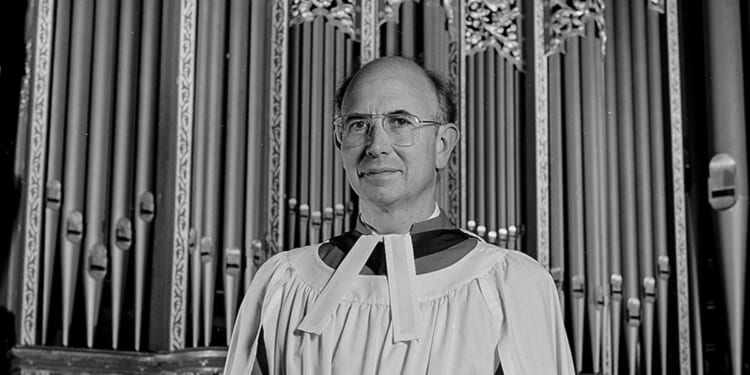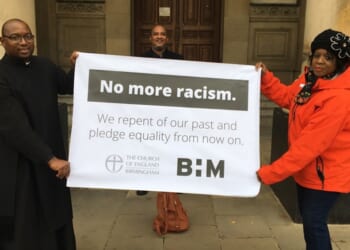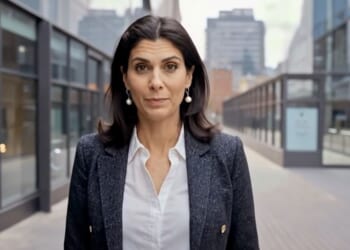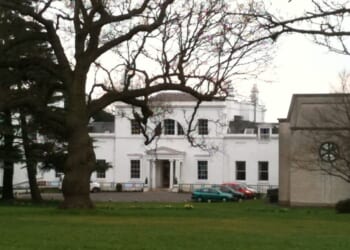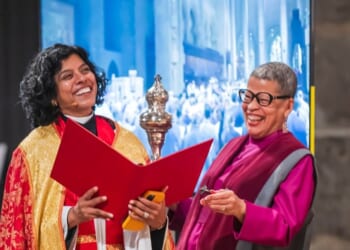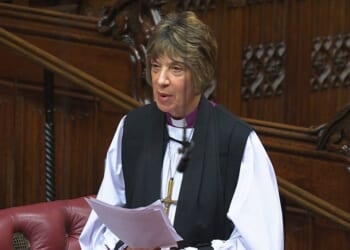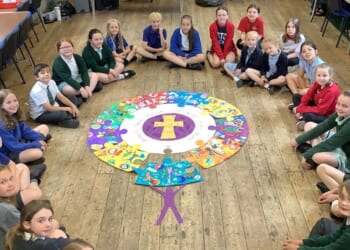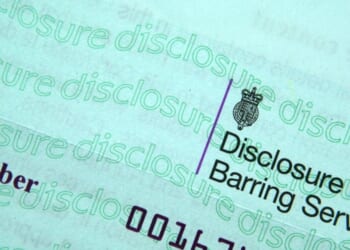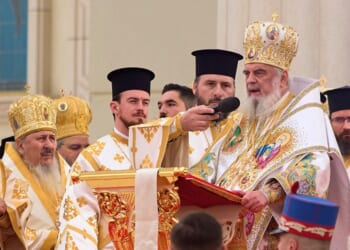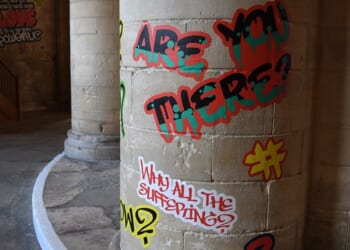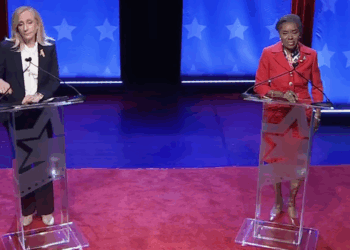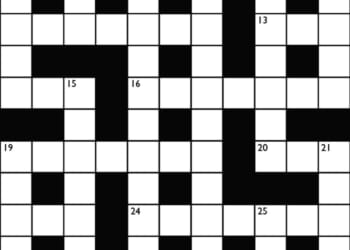James Lancelot writes:
THE death of Martin Neary on 27 September brings to a close one of the most significant careers in church music of our time. As a cathedral organist for more than a quarter of a century, he maintained high standards, inspired generations of choristers, and was responsible for numerous premières and commissions, largely from Jonathan Harvey and John Tavener.
Martin Gerard James Neary was born on 28 March 1940; his father, Leonard, sang in the choir of St Michael’s, Cornhill, directed at the time by Harold Darke. Initial doubts about Martin’s singing ability were dispelled by the accidental discovery that he had perfect pitch, and, at the age of eight, he was admitted to the choir of the Chapel Royal. This led to an experience that was to be an inspiration to him for the rest of his life: singing at the Coronation of Queen Elizabeth II in 1953. He was one of the last people to whom this occasion was a living memory.
An organ scholarship at Gonville and Caius College, Cambridge, followed; here, he was active in student performances, while reading at first for a degree in theology. Initial thoughts of ordination were reconsidered, however, as he began to feel, in his own words, that “music provided me a means of expression, with a power beyond that of words”. As a result, the university allowed him to change to the music tripos.
Martin was appointed assistant organist of St Margaret’s, Westminster, in 1963, succeeding Herbert Dawson as organist in 1965. It was at this time that he met Penny Warren, daughter of Dame Josephine Barnes and Sir Brian Warren; they were married in St Margaret’s in 1967. Numerous musical engagements during this period included conductorship of Twickenham Musical Society and several recitals at the Royal Festival Hall.
The Rector of St Margaret’s at that time was Canon Michael Stancliffe; he was appointed Dean of Winchester in 1969, and, when the post of Organist of Winchester Cathedral fell vacant in 1972, he appointed Martin. Thus began a partnership that resulted in a period of great productivity. Martin’s predecessor, the greatly loved Alwyn Surplice, had done much to rescue the standard of the choir from the doldrums of wartime, and Martin set about continuing the process. In this he was assisted by generations of talented choristers, from whom he drew enormous respect, loyalty, and affection, and some outstanding lay clerks.
The Organist’s house in the Close was a fascinating building with a Norman undercroft, and Jacobean glass in the drawing room. It was there that Martin and Penny brought up their family, at the same time making it a haven of warmth and hospitality — hospitality that I was often to enjoy during ten happy years working with Martin as the cathedral’s Sub-Organist. A great sadness at this time was the diagnosis of their son Thomas as autistic; clearly musical, he nevertheless would never be a chorister — a grief that Martin and Penny bore with enormous faith and courage.
Alongside the regular services, the choir’s lifeblood, there were many extra-curricular engagements, for example with Cleo Laine and John Dankworth, and the première of Andrew Lloyd Webber’s Requiem in 1985, which took the choir to New York to sing alongside the choir of St Thomas’s, Fifth Avenue. There were several other foreign tours, most notably to Canada and the US during the cathedral’s 900th anniversary in 1979, and also to the Channel Islands, then a part of the diocese. One of the pinnacles of what was a golden age at Winchester was the première in 1981 of Jonathan Harvey’s massive work Passion and Resurrection, the fruit of collaboration with the visionary bishop John Taylor. It is testament to Martin’s priorities that, despite all these activities, evensong was never allowed to suffer; the choir maintained an enviable standard, day in, day out.
A lifelong ambition was fulfilled in 1987 when Martin was appointed Organist of Westminster Abbey, bringing him back to the place that had so inspired him 34 years earlier. Here, again, he drew the devotion of his choristers and maintained immaculate choral standards. Commissions and premières continued to flow, there were choir tours, and there was a constant round of special services, the most significant one being the funeral of Diana, Princess of Wales, in 1997, arranged at just six days’ notice and involving the choristers’ returning from their holidays three days beforehand. (It was after this that he was appointed LVO in the 1998 New Year Honours List.) But another service that Martin, a lifelong cricket enthusiast, will have appreciated was a celebration of the life of Brian Johnston in 1994.
His departure from the Abbey in sad circumstances in 1998 might have marked the end of a career for someone less courageous; instead, it gave him the opportunity to inspire and make music with many others both in the US and at home, where he became the first conductor of the Royal School of Church Music’s Millennium Youth Choir. In his later years, he served as organist of St Michael and All Angels, Barnes, where he brought the choir to a standard at which they were able to perform Bach’s St John Passion; the onset of Parkinson’s disease brought about his retirement in 2022.
A demanding musician, he was none the less capable of enormous warmth and generosity. His life was inspired by his Christian faith, his love of family, and his passion for music. He leaves his wife, Penny, his companion through nearly 60 years of mutual support and happiness; his daughters, Nicola, a consultant at St George’s Hospital, Tooting, and Alice, principal cellist of the BBC National Orchestra of Wales; his son, Thomas; and six grandchildren.

